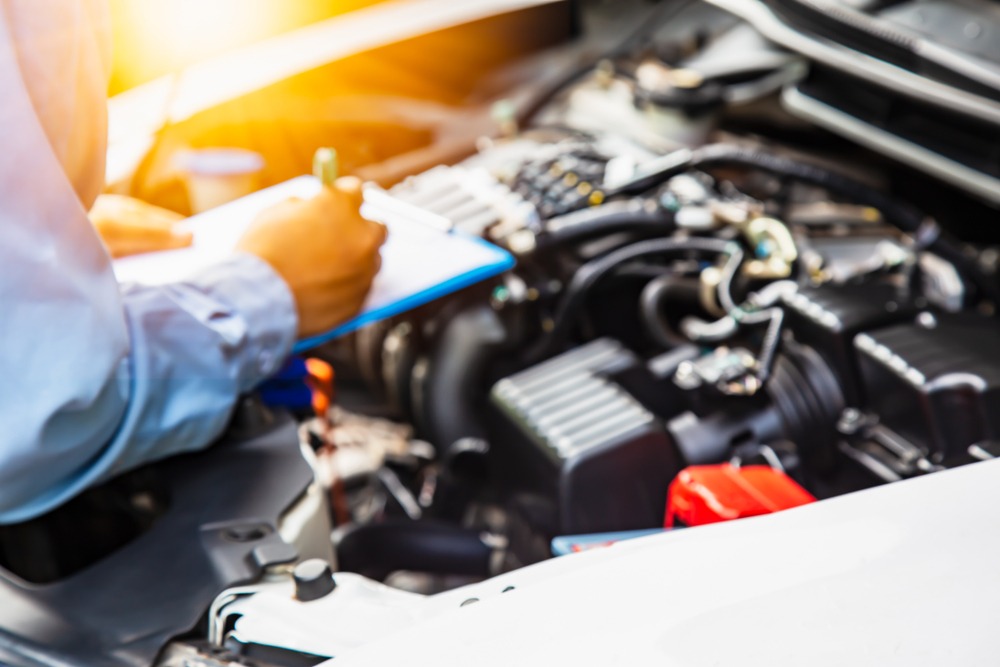Understand conditions in which you should suspect a failing battery, and how you can maintain and sustain this important component of your car.

It’s a nightmare when you are rushing to work and the car just would not start. This happened to me when I left the car lights on overnight, leaving the car battery out of juice.
When is it time to change the battery?
When you start up your car’s engine, and it don’t crank or with a sluggish cranking speed but won’t start. Or you manage to jump start your car but it won’t start again after you turn off the engine. In these cases, here’s a high chance that the problem lies with the battery.
The battery powers numerous systems and accessories in your car, from the starter and in-car cameras to the car alarm, entertainment devices and lights. A sluggish start is one indication that your car battery is losing its effectiveness. You may also have noticed that your lights have recently looked dimmer than usual, or your power windows don’t work as efficiently as before — these are also little signs that there could be something wrong with the battery.
If you detect a rotten-egg smell from your car, there is a high chance that your car battery is leaking. Such a leak could lead to corrosion around the battery terminals, thus affecting the current flow. An unattended leak could lead to the acid eating away at other car parts, leading to additional repair costs.

How long does a battery last?
A car battery usually lasts between 18 and 24 months, depending on factors such as the quality of the battery, proper maintenance, your driving habits, the weather (a heatwave can shorten a battery’s life, and even the taking of short trips (drives under 20 minutes do not give the battery enough time to recharge fully, thus reducing its overall life expectancy).
You are strongly advised to replace the car battery within this time frame, or as recommended by your car manufacturer. Ideally, car batteries (automotive lead-acid ones) should be maintained at a 75% charge level or higher for optimal performance. Have the battery water level checked periodically to ensure it is at minimum acceptable level, if the car’s battery is a non-maintenance free battery.
Causes of battery failure
If you often drive for short distances, chances are the car battery will not be able to charge fully each time. If you don’t take the car out for longer distances from time to time, the battery may not last. It may result in low-battery charge or acid stratification, the most common causes of battery failure and one of the reasons cars break down.
Acid stratification refers to battery that dwells at low charge (below 80%), never receiving a full charge and has shallow discharges, resulting in uneven acid distribution within the battery, compromising performance.
Preventative action
Chances are that every time you service your car, the workshop would have checked on the car battery. But if you are doing it yourself, there are a few things to look out for.
Before doing anything, make sure the ignition is off. Check that the battery terminals are tightly secured — if they are loose, use a wrench to tighten them.
Scan for any corrosion marks around the battery terminals. Remove any sign of corrosion with light sandpaper action. You can then apply white lithium grease, which is available at automotive stores, to the terminals. This does not interfere with the electrical connection and will help prevent future corrosion.
You can top up the battery cells with distilled water if the levels are low for non-maintenance free battery. Make sure not to overfill — if you are unsure how to do it, get a mechanic to assist you.
Modern cars these days come with even more accessories, some requiring more power to operate, thus adding extra loading on the car battery. However, with battery technology ever improving, especially alongside advancement in electric vehicles, we could see more powerful and efficient batteries for cars in the future.
Tips on keeping your car battery in good condition
- Drive your vehicle regularly
Not using your vehicle for an extended period affects your battery’s charge.
- Check the battery’s charging rate
Check the charging rate each time you service your car as undercharging and overcharging will reduce the lifespan of the battery.
- Avoid draining
Avoid leaving in-car accessories plugged in when not in use. This discharges the battery, which will then require a recharge. Constant recharging may shorten the lifespan of your battery.
- Keep the battery case clean
Dirt and dampness can damage your battery case and may cause your battery to lose charge. Ensure that the case and terminals are checked and cleaned during every major servicing. Apply white lithium grease to protect the battery terminals from rust and corrosion.
- Secure your car battery
Check that your battery is secure at all times as vehicle vibrations may damage the battery plates. Inspect battery terminals regularly; loose connections can cause breakdowns
- Don’t jump-start a flat car battery
If you experience a flat battery, don’t attempt to jump-start the battery unless you are familiar with the safe jump-start procedures. Improper jump-starting can damage the electronics of most modern cars.
- If your battery is faulty within a short period of time, check on the following:
– Have you installed too many in-car accessories?
– Is there any electrical leakage from these accessories?
– Is the battery charging system faulty?
– Could the battery failure be caused by a manufacturer’s defect? If it was and the vehicle is still covered under warranty, you are entitled to a replacement.
If you are stranded on the road with a battery failure, get help from AA’s 24-hour Roadside Assistance Service Check. Simply call the 24-hour hotline at 67489911 and our service team will be on hand to change your battery on the spot anytime and anywhere in Singapore!



